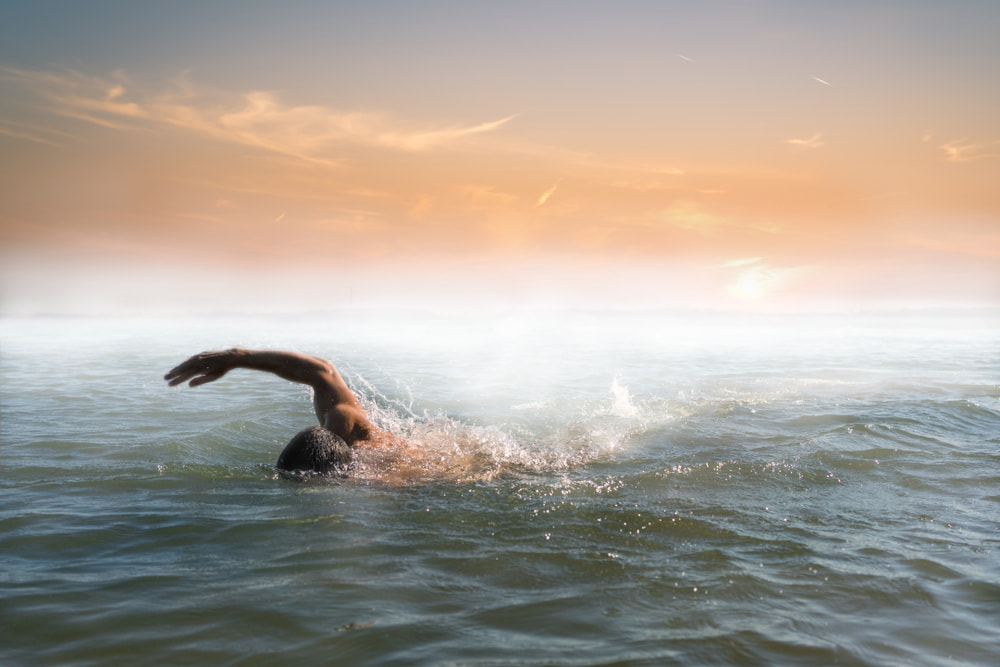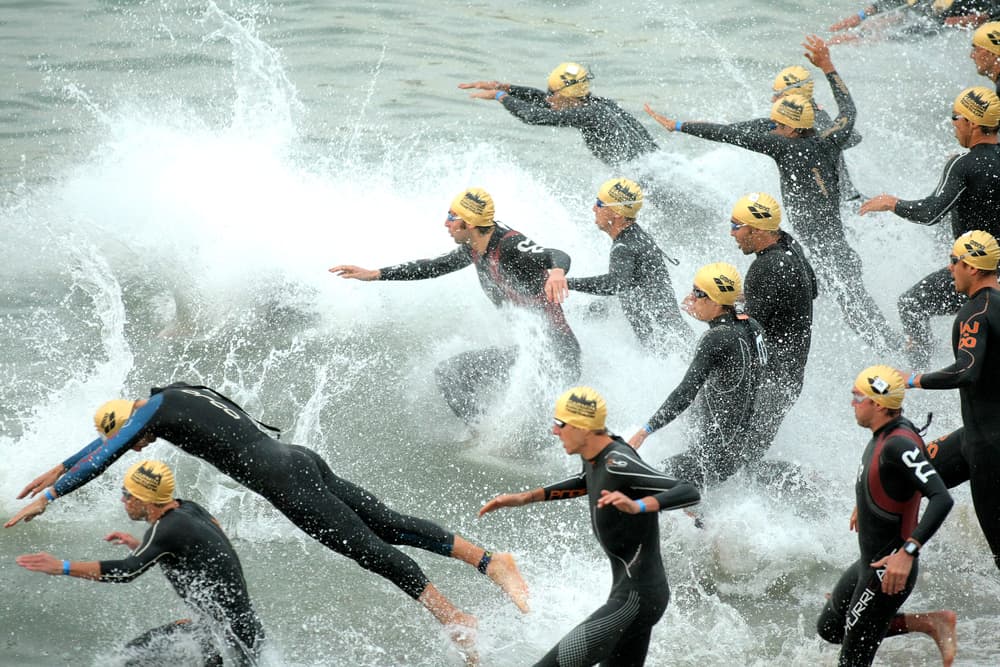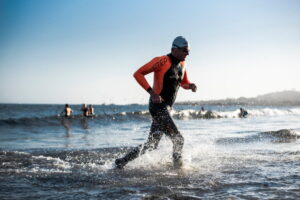Pros and Cons of Open Water Swimming

Have you considered trying out open water swimming? It’s indeed one of the most exciting challenges for professional athletes and swimming enthusiasts as well. However, it requires meticulous preparation and serious commitment.
What are the best and safest ways to practice open air swimming? Many professionals do their best to first prepare for open swimming at a pool in San Diego. What are the advantages and disadvantages of open water swimming? Let’s find out!
What are the health benefits of open water swimming?
There are many health benefits of open water swimming. This activity is not only great exercise, it can also help improve your physical health in general. Let’s find out more about this:
Physical strength
Open water swimming is a great workout. The constant movement of your body through the water keeps your muscles working hard, thus boosting your general muscle endurance. Swimming in open water also requires you to use your core muscles to stay balanced and afloat, which is great for your abs. In addition, open water swimming can help increase flexibility in many areas of the body since you are constantly moving through different positions.
Mental health
Threading open water also has a positive impact on mental health by relieving stress and anxiety. The repetitive movements of swimming actually have a calming effect on the mind and body. This can be a great way to improve your mental health if you struggle with anxiety or stress. It also improves the quality of sleep and rest, which can also positively affect your mental health.
Immune system
Studies have shown that there are some specific chemical reactions that happen in the body during open water swimming that actually help boost our bodies’ natural immune systems. These reactions that occur in the body involve a sudden rush of white blood cells that normally cause inflammation. This process actually helps fight off diseases like arthritis.
Skin health
Cold water has an exfoliating effect on the skin, making it appear smoother. Additionally, the cold promotes circulation, which flushes out cellulite and eliminates impurities. Moreover, in cold water, blood will rush to the skin, giving it a significant glowy look. This is yet another, aesthetic reason to swim in open water.
What are the potential disadvantages of open water swimming?
Although there are obvious reasons why you should try swimming in open water, you should approach this with necessary precaution measures. There are at least three disadvantages that you should consider before you try out swimming in open waters:
- There’s a risk of drowning if you aren’t well prepared. It can result from fatigue, cramps, hypothermia, and even sunstroke. To be on the safe side, considerable exercise in the aquatic environment is a must.
- There’s a risk of injuries. This can be caused by rough underwater objects, other people in the water during a competition, or underwater currents.
- There’s a risk of changing weather conditions. Inclement weather, high wind, storm clouds: all of these are clear signs that you should get out of the water as soon as possible!
Before embarking on an open water swim, be sure to consider all of the associated risks and take steps to minimize them:
- be aware of your abilities and limitations,
- choose a safe route,
- stay hydrated,
- check the forecast and avoid swimming in bad weather
- complete an extensive training program for long periods in rough waters
- carry safety equipment such as personal flotation devices.
Where can I fully prepare for open swimming in a pool in San Diego, CA?
When you live in San Diego and the adjacent communities, you’re probably familiar with the Plunge. Our historic facility is located within the Mission Bay resort area and have been hosting professionals and amateur swimmers for decades.
When your goal is to achieve the best athletic results in open water, or in any other sport, we can help you out. Here you’ll find a full equipped gym, sauna, swimming pool, and many other amenities that you can get great use of.
To check out our membership options and see everything we have to offer, drop by us today!




